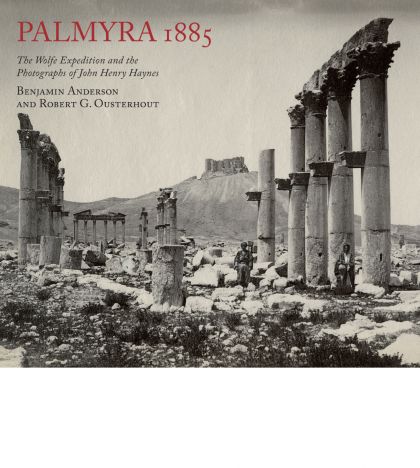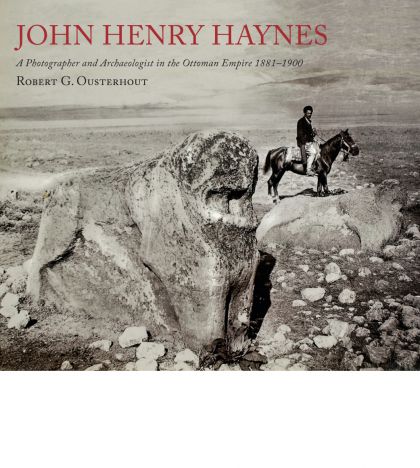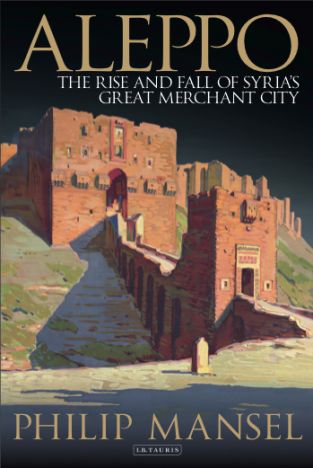Buy or gift a stand-alone digital subscription and get unlimited access to dozens of back issues for just £18.99 / $18.99 a year.
Please register at www.exacteditions.com/digital/cornucopia with your subscriber account number or contact subscriptions@cornucopia.net
Buy a digital subscription Go to the Digital EditionPalmyra may go down in history as one of the biggest infamies of the so-called Islamic state, whose followers destroyed key buildings and executed its head of antiquities. It is one episode in the extraordinary story of the desert city, a palm-fringed oasis, that goes back to the days of King Solomon, who is said in the Bible to have been the founder of Tadmur, its Assyrian and Arabic name. For a time Palmyra managed to remain independent between Rome and Persia, but when Queen Zenobia revolted against Rome in AD 272 she was captured and much of the city destroyed.
By the 19th century Palmyra had become a desolate place that hovered in the mists of history. A new book published by Cornucopia, Palmyra 1885, gives a vivid portrait of the city as it appeared to travellers in 1885, the year the Wolfe Expedition led by Rev. Dr William Hayes Ward, an amateur Orientalist and editor the New York Weekly Independent arrived in Palmyra.
The party included John Henry Haynes, a New Englander, who had been teaching in Robert College in Constantinople. His task was to fulfil the request of the Archaeological Institute of America to photograph the site, and in just five days in April he took around a hundred photographs, many now in print for the first time. Haynes’ extraordinarily sharp pictures show the site in detail and the people who worked with the Expedition. They also show the vast, almost endless landscape that reveals the extent of the city, and just how remote it was. It must have been a glorious sight for caravans journeying across the desert. The book’s text is by Benjamin Anderson, Assistant Professor in the Department of History of Art and Visual Studies at Cornell University, and Robert G. Ousterhout, Professor of Byzantine Art and Architecture at the University of Pennsylvania, who tell the story of Haynes and the Wolfe Expeidtion, as well as the history of the city and its place in the imagination.





 Issue 66, December 2023
Turkey’s Centenary Issue
Issue 66, December 2023
Turkey’s Centenary Issue

Cornucopia works in partnership with the digital publishing platform Exact Editions to offer individual and institutional subscribers unlimited access to a searchable archive of fascinating back issues and every newly published issue. The digital edition of Cornucopia is available cross-platform on web, iOS and Android and offers a comprehensive search function, allowing the title’s cultural content to be delved into at the touch of a button.
Digital Subscription: £18.99 / $18.99 (1 year)
Subscribe now